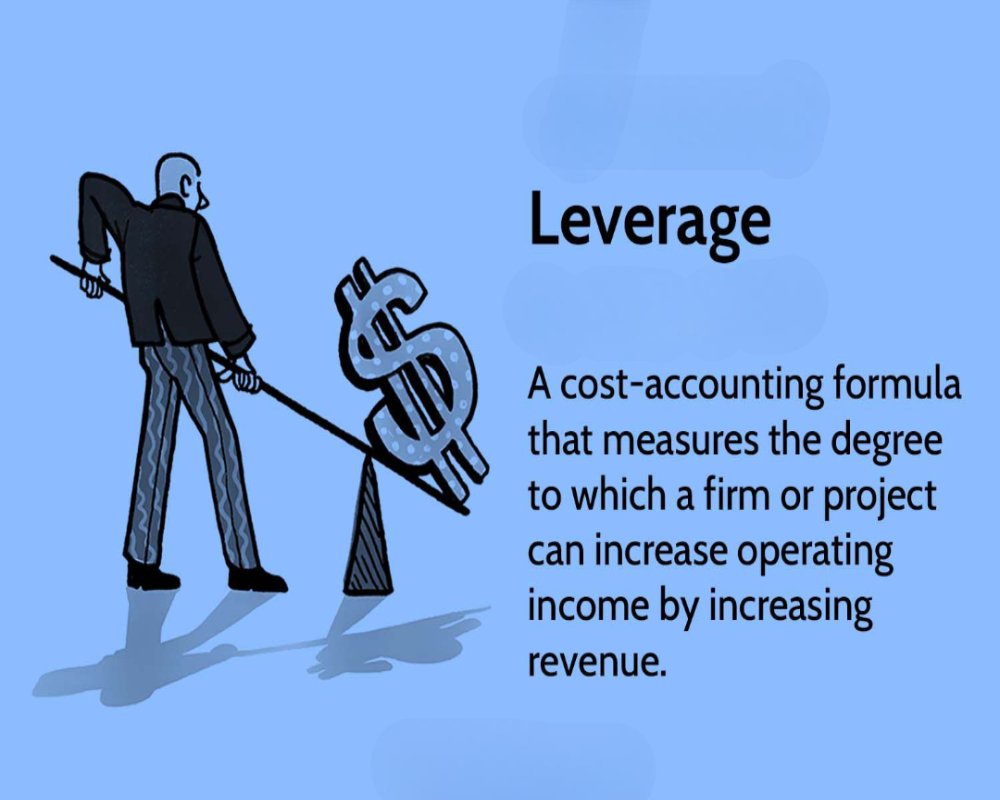Introduction
Leverage in industrial project investment refers to the strategic use of borrowed capital to increase the potential return on equity invested in a project. It is a financial mechanism that allows businesses to undertake large-scale industrial ventures by combining debt with their own funds. In capital-intensive sectors, leverage enables the efficient allocation of resources, supports expansion, and enhances project scalability. However, while leverage can magnify profits, it also introduces financial risks that must be managed prudently. Understanding the role of leverage is essential for informed financial planning and successful industrial project execution.
Concept and Purpose of Leverage
Leverage involves using external financing, typically in the form of loans or bonds, to fund a portion of a project’s total cost. The fundamental idea is to invest less equity while generating greater returns through the productive use of borrowed funds. This approach can improve a company’s return on equity and accelerate project implementation without fully depleting internal capital.
In industrial projects, leverage is often used to finance land acquisition, infrastructure development, equipment purchases, and working capital needs. It provides access to larger investment opportunities, thereby facilitating growth and market competitiveness.
Types of Leverage
There are primarily two types of leverage relevant to industrial investments. Financial leverage refers to the use of debt to finance a project. It measures the extent to which a company relies on borrowed funds relative to equity. A higher financial leverage ratio indicates greater dependence on debt.
Operating leverage, on the other hand, relates to the proportion of fixed costs in the total cost structure of the project. High operating leverage means that a significant portion of expenses remains constant regardless of production levels, which can amplify profits during high output but increase risk during downturns.
Advantages of Leverage in Industrial Projects
Leverage offers several advantages when used strategically. It allows businesses to undertake projects that might otherwise be unaffordable with available equity alone. By maintaining ownership control while accessing external funds, companies can preserve internal cash reserves for other operational needs or contingencies.
The use of debt also brings tax benefits, as interest payments are generally tax-deductible, thereby reducing the effective cost of borrowing. Additionally, successful use of leverage can improve financial ratios and enhance shareholder value by increasing returns on equity.
Risks and Limitations of Leverage
While leverage can enhance returns, it also increases the financial risk associated with a project. Debt must be repaid regardless of the project’s profitability, leading to fixed interest and principal obligations. If the project underperforms or faces delays, the burden of debt servicing can strain cash flow and impact overall financial health.
Excessive leverage may lead to overexposure, reducing the firm’s flexibility to respond to economic fluctuations or unforeseen challenges. Credit ratings may suffer, borrowing costs may rise, and access to future funding may become restricted.
Evaluating Leverage in Project Planning
In industrial project planning, evaluating the appropriate level of leverage is crucial. Key financial indicators such as the debt-to-equity ratio, interest coverage ratio, and debt service coverage ratio are used to assess a project’s capacity to manage borrowed funds. Scenario analysis and stress testing help determine how various market conditions may impact the project’s ability to meet debt obligations.
An optimal leverage strategy balances risk and return, ensuring that debt levels are sustainable and aligned with the project’s revenue generation potential.
Leverage and Investment Structuring
Leverage also influences the structuring of industrial investments. Projects with high predictability of cash flows, such as utility plants or infrastructure assets, may support higher leverage levels. Conversely, high-risk ventures with volatile income streams typically require a more conservative approach.
Structuring tools such as subordinated debt, mezzanine financing, and credit guarantees are often used to manage risk while optimizing capital structure. These instruments enable investors to tailor leverage according to project characteristics and financial objectives.
Conclusion
Leverage is a powerful financial tool in industrial project investment that allows for greater capital deployment, improved returns on equity, and accelerated growth. When applied strategically, it enables businesses to undertake large-scale projects while preserving internal resources. However, the benefits of leverage come with heightened financial responsibility and risk. A disciplined approach to evaluating, structuring, and managing leverage is essential to ensure the long-term success and sustainability of industrial investments. As industrial landscapes become more competitive and complex, effective leverage management remains a cornerstone of sound financial strategy.
Hashtags
#Leverage #IndustrialInvestment #ProjectFinance #InvestmentStrategy #FinancialLeverage #CapitalInvestment #RiskManagement #ProjectManagement #InvestmentAnalysis #ReturnOnInvestment #FinancialGrowth #BusinessStrategy #AssetManagement #InvestmentOpportunities #EconomicDevelopment #FundingStrategies #IndustryInsights #InvestmentTrends #FinancialPlanning #ProjectSuccess


